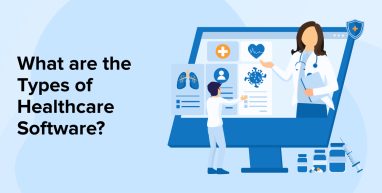
The advancement of the digital revolution with the help of IT has benefited many industries, especially the medical science industry.
Medical organizations and pharmaceutical businesses are refocusing their efforts on the use of information technology via healthcare software development. Healthcare software is a generic term that refers to intelligent applications that provide aid, advice, and assessment in a healthcare environment.
Numerous hospitals are currently transitioning to adopting the practice and using various healthcare software solutions that help practitioners with remote patient monitoring.
In this article, you’ll come across a few of the several types of healthcare software used in medical science and healthcare organizations that are contributing their bit to global welfare.
1. What is Healthcare Software?
Healthcare software is an IT program that enables healthcare providers and patients to have an automated healthcare setting. This type of healthcare software guides medical professionals in offering the best medical services and patients can manage their health using it. And because of its convenience, the healthcare software demand is booming with time.
2. Types of Healthcare Software
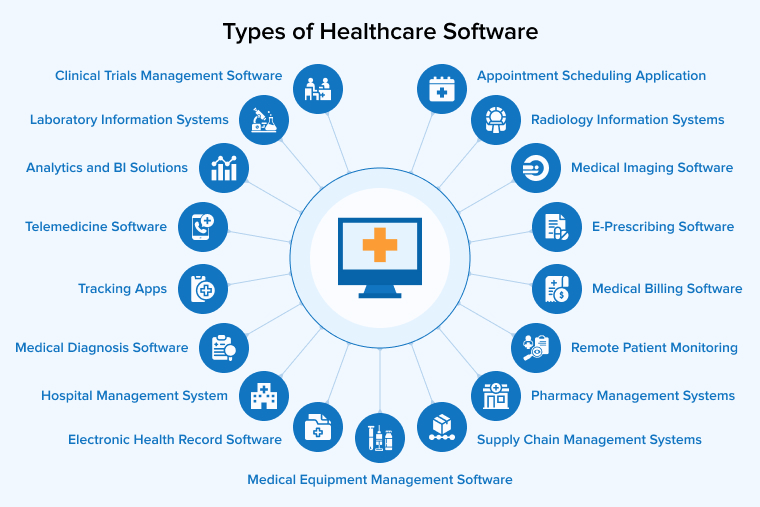
Whether you choose health software, you need to know that there are several perks such as advancing health management to limiting medication errors in hospitals you are bound to receive. The applications used in the healthcare industry are mainly designed to improve health administration and at the same time, deliver a higher quality of patient care. All this is done keeping the medical history of the patient in mind.
Let’s get acquainted with them. But let me tell you that the software mentioned here isn’t just beneficial for patients but also management, commonly known as Practice Management Software.
2.1 Electronic Health Record (EHR) Software
Electronic Health Records software is one of the leading and most prominent software acknowledged in the medical space. It’s quite similar to CRM, just adjusted in relevance to the medical industry. What does the Healthcare software exactly do? It collects patient data – for instance, what kind of medications they take or did their medical professional give any recommendations, and procedures they have undergone previously. Electronic Health Record Software – EHRs purpose is to ease the hospitals and medical practices of manual handling, and maintenance and to keep an accurate track of patient’s medical records.
There are mainly two types of EHR Software available:
- Electronic patient record software
- Electronic medical record software
2.2 Hospital Management System (HMS)
The medical software more or less acts like a fully integrated system capable of managing the entire hospital including patients as well as the management. They are capable of managing appointments and electronic health records for both inpatient and outpatient departments. Moreover, with the help of hospital management software, it is possible to manage doctors’ schedules, surgeries, other procedures, and all the aspects related to them.
In addition, Hospital management software is also capable of handling the labs and pharmacies. You name it and there is it from rooms to marking rooms as occupied, unoccupied, undergoing maintenance, etc, that is making it easy to allocate rooms and beds for patients.
Medical systems are often linked to the websites of the hospitals and patients can use them to book their appointments, get access to their health records and treatment plans, and manage their prescriptions. These days they also come with medical apps for patients which aid the patients in these same tasks much more easily through their smartphones. Alerts are provided through SMS services for follow-up procedures, vaccinations, etc in some medical management systems.
2.3 Tracking Apps
There is an increasing demand for health-tracking applications as they help patients track their fitness, diet, stress, and meditation. In case of worsening conditions or emergencies, the app will immediately alert the healthcare providers. Healthcare tracking apps are also helpful in patient recovery. As per the recent valuations, mHealth apps are a 37 billion-dollar industry.
2.4 Medical Billing Software
This technology assists medical administrative staff in maintaining records of patient bills, transactions, and other cash activity. It is frequently incorporated with larger systems, like electronic health records (EHR) or hospital management systems.
2.5 E-Prescribing Software
Globally, more nations are adopting electronic prescriptions, which implies that e-prescribing technology has become a need for physicians.
Hospitals and doctors may use the program to monitor, update, and withdraw medications for respective patients. Additionally, it is linked to national drug reference databases.
2.6 Appointment Scheduling Application
Physicians, health centers, and, more lately, institutions all use appointment booking software. It is typically composed of two panels: a patient-facing panel and a management panel. Its primary goal is self-explanatory: to simplify the procedure of scheduling a hospital appointment. Patients may simply arrange an appointment, receive reminders, offer pertinent data to the clinician in advance, as well as postpone or withdraw the booking.
It enables the hospital’s administration to get a clear and quick picture of its doctors’ calendars. It’s a smart approach for the hospital’s receptionist to automate the monotonous work of verifying and overbooking all planned appointments.
2.7 Medical Imaging Software
Medical imaging and visualization software is generally used to analyze MRI/CT/PET images and to create three-dimensional images.
Medical 3D imaging software enables the following:
- 3D modeling of human anatomy: These applications enable healthcare professionals to construct customized images for specific patients. For instance, 3D modeling tools are used to create and produce a lifelike representation of a patient’s teeth before the start of orthodontic surgery.
- Equipment or body component design and printing: This technology is designed to print components of hospital devices or parts of the body, like prosthetic limbs or coronary stents for cardiac surgery.
2.8 Medical Diagnosis Software
Medical diagnosis software enables clinicians to communicate anonymous patient documents to close any data voids that impede doctors from making correct diagnoses. This sort of healthcare computer program frequently makes use of artificial intelligence (AI) to assess all patient information and produce plausible diagnoses.
People can also access health diagnostic applications. These applications enable users to determine if their conditions need a medical consultation. This kind of diagnosis application gained popularity throughout the COVID-19 epidemic.
2.9 Telemedicine Software
Telemedicine software is something that enables healthcare providers to manage patient appointments online through mobile applications or web browsers. In this way, doctors can attend to the patients and offer them primary treatment followed by e-prescriptions and e-bills. This approach has truly boomed the healthcare industry.
2.10 Medical Equipment Management Software
This is software that offers relief to medical practitioners and hospitals in equipment maintenance and stocktaking. With the help of medical equipment management software hospitals can automatically maintain the equipment’s stock.
2.11 Remote Patient Monitoring (RPM)
Remote Patient Monitoring (RPM) is a tool that has brought a revolution in the healthcare industry. The main reason behind this is that remote patient monitoring software collects patient data efficiently and enables hospitals to have proper patient health information. It also helps doctors to remotely carry out diagnoses based on collected data.
2.12 Laboratory Information Systems (LIS)
Laboratory Information Systems (LIS) is a type of tool that is used by laboratories in hospitals to manage their operations and automate some of those like collecting patient data, keeping test records, and offering results. LISs are designed to offer error-free and improved laboratory efficiency. With the help of this tool, patient test orders, sample management, and reporting can be processed smoothly.
2.13 Radiology Information Systems (RIS)
Radiology Information Software (RIS) is a popular tool used by radiology departments. This tool helps the radiologist collect patient reports, store them for future reference, and retrieve radiology data like images. With the help of RIS, the radiology department of any hospital can reduce human errors, improve efficiency, and offer better treatment.
2.14 Pharmacy Management Systems
Pharmacy Management Software is a tool used by pharmacies to manage operations like patient prescriptions, medicine inventory, and billing. With the help of this tool, pharmacists can enhance operations, improve the facilities, and offer the best services to patients.
2.15 Supply Chain Management Systems
Supply Chain Management Software in the healthcare department is a tool that helps healthcare organizations manage the storage, procurement, and distribution of medical equipment within the firm. It allows an automated system to make orders, keep inventory, and deliver medical equipment.
2.16 Healthcare Analytics and Business Intelligence Solutions
Healthcare Analytics and Business Intelligence Software are used nowadays in hospitals to manage the collection and storage of patient data to improve the decision-making operations of the organization. This tool enables hospitals to collect important data from different sources like financial systems, electronic health records (EHRs), and more.
2.17 Clinical Trials Management Software
Clinical trial management software helps researchers to manage their clinical trials. With the help of this software, they can streamline their data collection process along with recruitment of patients and analysis of the trial results. It also helps in automating processes like clinical trials, screening, and more.
3. Conclusion
Healthcare software applications are critical for enhancing the ways medical associations administer and deliver treatment.
By leveraging the strength and possibilities of machine learning algorithms, data analysis, and digital insights, the application of information technology in health opens up a slew of new opportunities for improving health management and clinical welfare.
With all of these advantages and opportunities, now is the optimal moment to leverage medical information technology via different forms of healthcare applications.


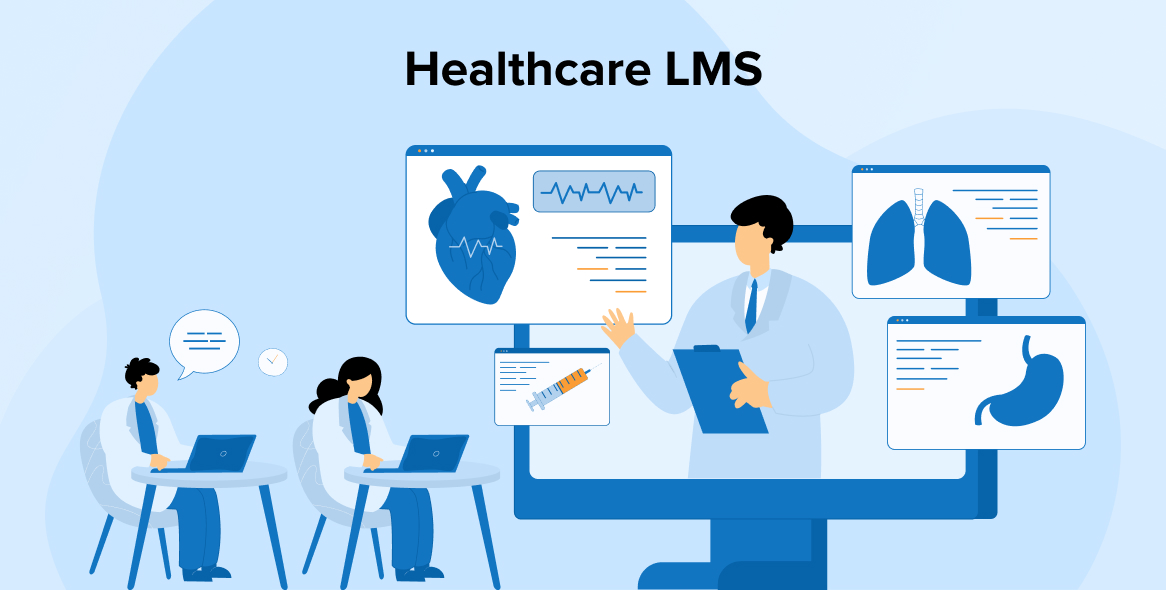
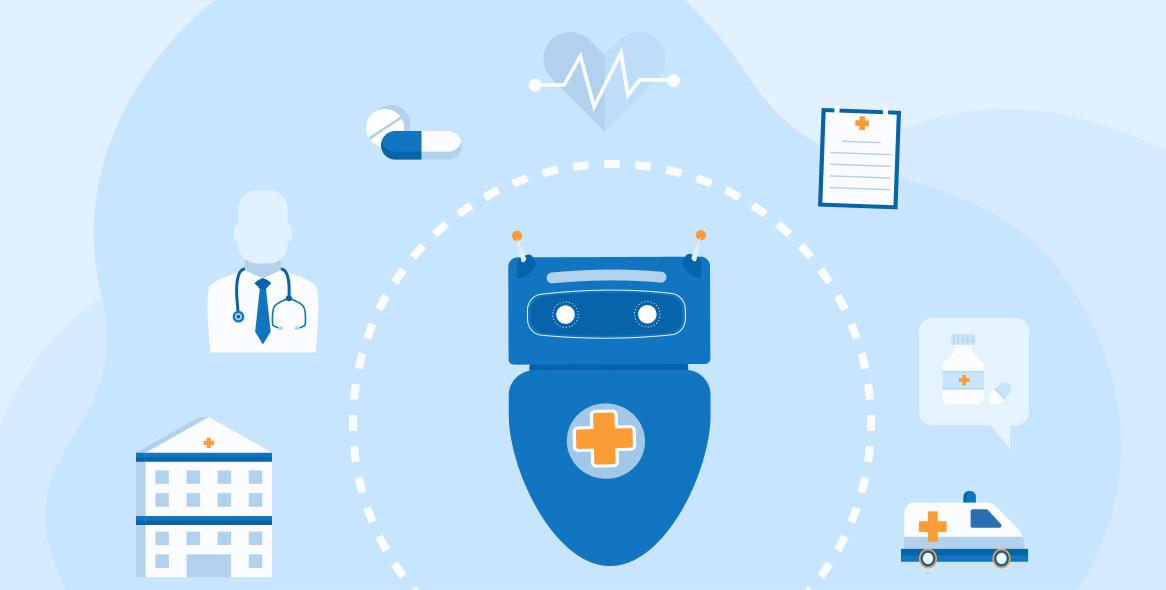
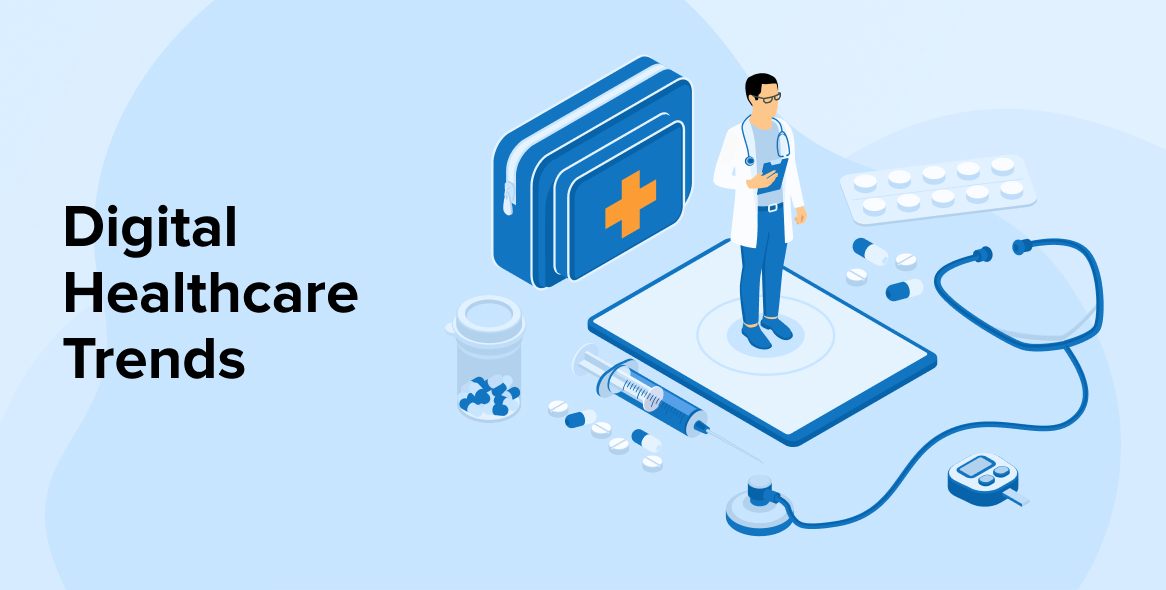

This is a great blog post that provides a comprehensive overview of the different types of healthcare software available. I especially appreciate that each type of software is described in depth. This information will be very helpful for healthcare organizations that are looking to invest in new software.
In this informative article, the author discusses various types of healthcare software, like Electronic Health Records (EHR) software used by doctors to manage patient medical history, Hospital Management Systems (HMS) software designed to streamline hospital and practice operations, and many more.
This article highlights the different types of healthcare software used in healthcare organizations. I found the information about EHR software particularly interesting, as it is becoming necessary for hospitals to have a system in place to manage patients' medical records electronically.